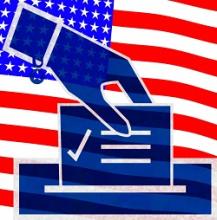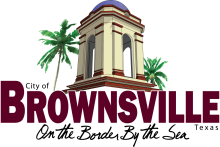On the southern border of Texas in the Rio Grande Valley, Pharr Texas is the home of the largest commercial bridge from Mexico into the U.S. Now, the city is working on building an equally impressive virtual bridge to every home in Pharr with the construction of a municipal fiber-to-the-home (FTTH) network.
The progression has been steady despite pandemic induced setbacks, as city leaders are determined to solve the connectivity challenges in Pharr by leveraging the assets the city already owns while taking advantage of the unprecedented amount of federal funds now available to help communities expand access to broadband. To that end, the city has created regional partnerships, completed a feasibility study, and launched a pilot project. Now, Pharr officials are moving ahead with the construction of a city-wide municipal network.
Wake Up Call in Rio Grande Valley
Pharr has a population of almost 80,000 people of which 94 percent identify as Hispanic or Latino with over 30 percent of families living below the poverty line. Their public meetings are often bilingual. But, it was in 2015 that the Federal Reserve Bank of Dallas reported that the Rio Grande Valley was on the wrong end of the digital divide. The report also highlighted the impact that had on the communities in the region:
The study involved focus groups with colonia residents. One theme that arose from the conversations with residents was the lack of access to the internet. The report found that the digital divide was a factor preventing residents from accessing regional labor market opportunities. Additionally, the report described the challenges colonia students face in school because of their inability to complete homework assignments due to lack of internet service and computers at home.
When earlier this week ILSR caught up with Jordana Barton Garcia, author of the report, she explained that “colonias” are informal neighborhoods where people live with no (or limited) infrastructure. Residents are sold lots without existing infrastructure, from water to broadband.







